Reports: ‘40k+ displaced by North Darfur clashes’, nine communities ‘razed by arson’
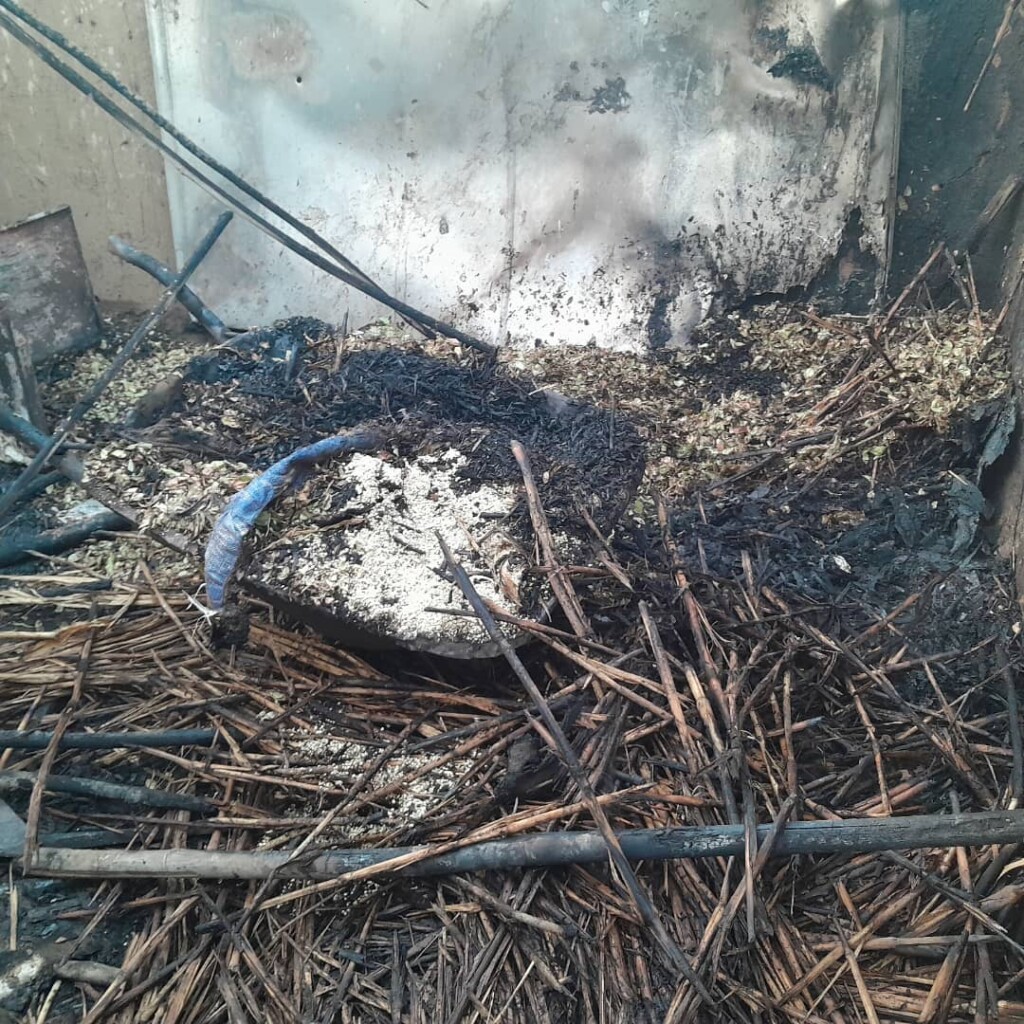
Results of the bombing of Abu Shouk camp for displaced people near El Fasher, capital of North Darfur on March 7 (File photo: RD)
An estimated 40,615 people (approximately 8,123 households) have been displaced in El Fasher, capital of North Darfur between April 1 and April 16, due to ongoing clashes between the Sudanese Armed Forces (SAF) and the paramilitary Rapid Support Forces (RSF) in the locality, Displacement Tracking Matrix (DTM) says in its latest report. A separate report by the Yale School of Public Health’s Humanitarian Research Lab (HRL) in the USA, based on analysis of remote sensing and open-source data, says that at least nine communities west of El Fasher have been razed by apparent arson attacks between March 31 and April 15, 2024.
In part of what is widely acknowledged as the world’s largest displacement, hunger, and humanitarian crisis in the world, a new report by Displacement Tracking Matrix (DTM) says that ongoing clashes in North Darfur have resulted in an estimated 40,615 people (approximately 8,123 households) were displaced in El Fasher locality between 1 and 16 April this year.
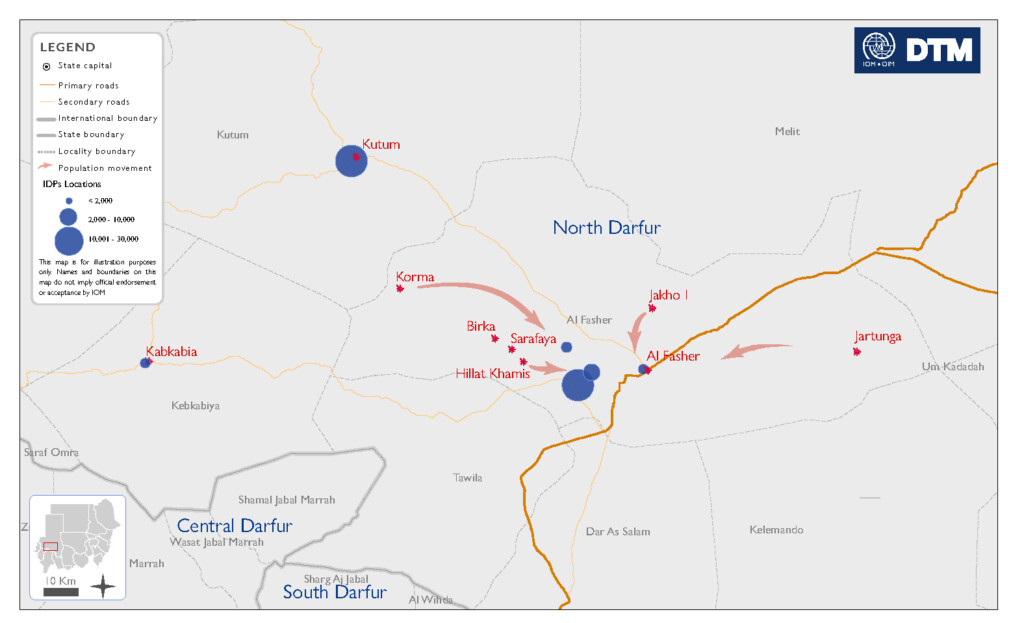
While DTM cautions that the figures are “preliminary estimates, pending further verification,” clashes renewed across El Fasher city, Kabkabiya, and Kutum on 01 April 2024, displacing an estimated 500 people (100 households). “In addition, DTM monitored attacks on Korma, Jonjona and Sarafaya villages linked to tribal conflict between 02 and 04 April 2024. The attacks led to the displacement of approximately 3,815 individuals (763 households) across various locations in Al Fasher locality,” the report says.
The DTM report highlights that as of 17 April 2024, North Darfur hosted an estimated 570,183 displaced people. More than one third (approximately 36 per cent, or 204,438 people) were reportedly hosted in El Fasher locality.
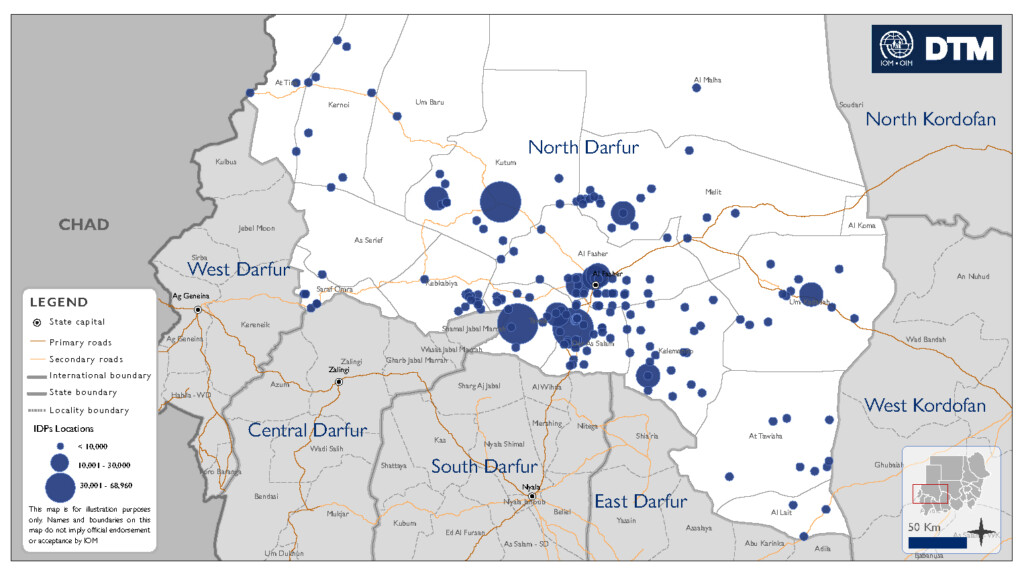
In addition, approximately 606,673 displaced people originated from North Darfur state, representing nine per cent of the total population of people displaced in Sudan since 15 April 15, 2023, the DTM report says, noting that approximately 87 per cent of displaced people in North Darfur were displaced from locations within North Darfur. An estimated 235,147 displaced people originated from El Fasher locality specifically.
Arson
A separate report by the Yale School of Public Health’s Humanitarian Research Lab (HRL) in the USA, based on analysis of remote sensing and open-source data, says that at least nine communities west of El Fasher have been razed by apparent arson attacks between March 31 and April 15, 2024. Yale HRL’s findings corroborate multiple media and other open-source reports alleging that these villages were attacked by Rapid Support Forces (RSF) and aligned forces.
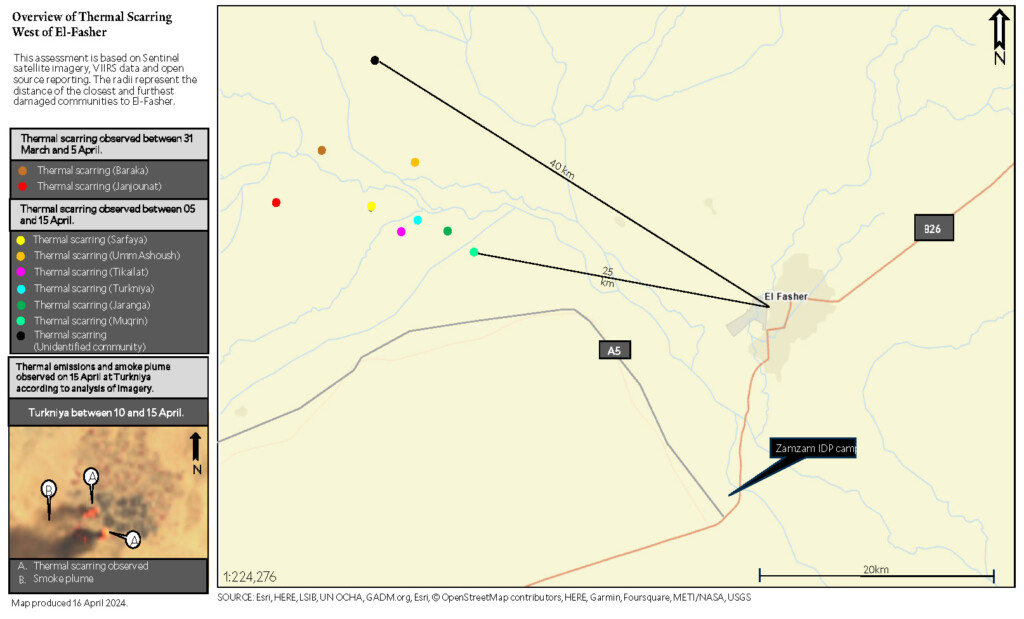
“Since April 15, 2023, the RSF and aligned forces continue to commit widespread, systematic, and targeted attacks on civilian communities across Darfur, specifically targeting black African Masalit, Fur, Zaghawa, and other communities,” the authors of the report say.
The report includes satellite images “showing visible thermal signs consistent with intentional arson”, according to the report.
Strategic importance of El Fasher
El Fasher is the last remaining stronghold of the Sudanese Armed Forces (SAF) in Darfur and home to at least two million civilians and internally displaced people in and around the city, many of whom fled earlier RSF and aligned force violence, the Yale report says. “With the RSF controlling the roads and regions surrounding the city, it is likely that civilians will be trapped and unable to flee.”
The report says that the documented attacks on communities west of El Fasher increase the possibility of a large-scale, multi-directional Rapid Support Forces attack on El Fasher itself. He explained that one of the goals of the RSF movement towards El Fasher may be to clash with and defeat the SAF stationed there.
Such an attack would also likely target civilians and displaced populations, including more than 500,000 displaced people and more than 2.8 million citizens overall in and around El Fasher. He said that the defeat by the RSF of the SAF in El Fasher would effectively end the presence of the SAF in El Fasher. North Darfur is the last stronghold of the SAF in the region.
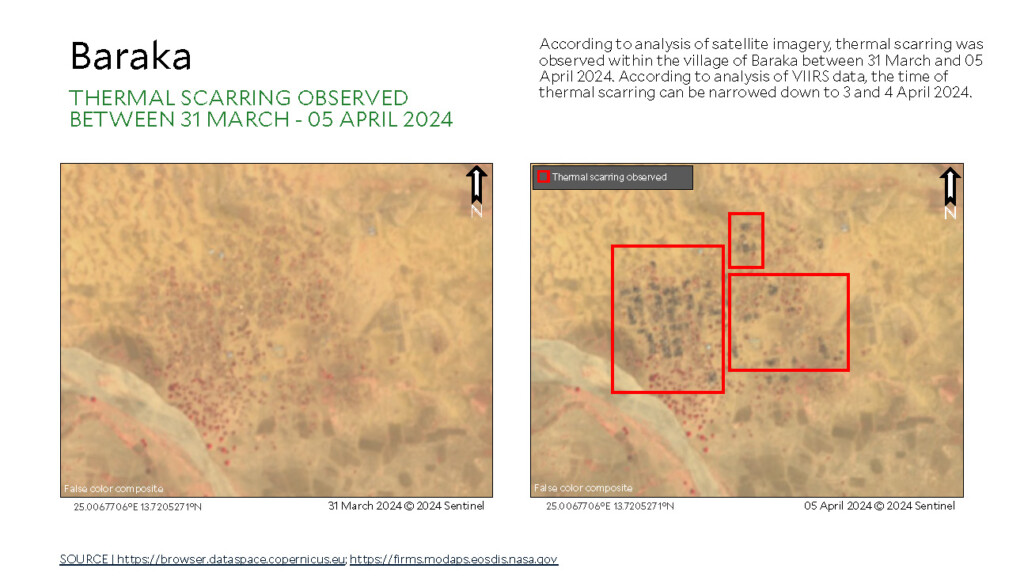
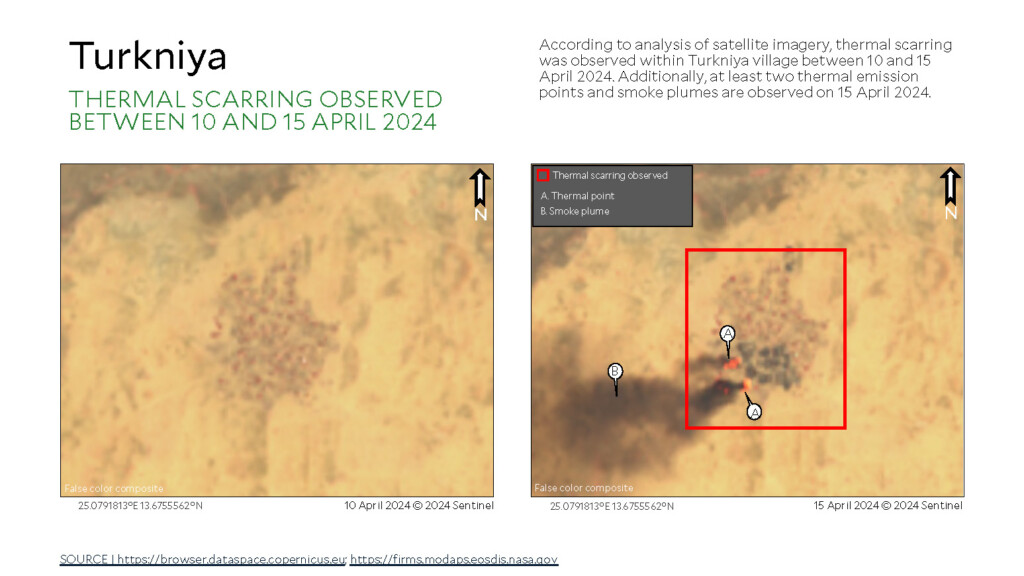
Read the full report on the Humanitarian Research Lab’s website








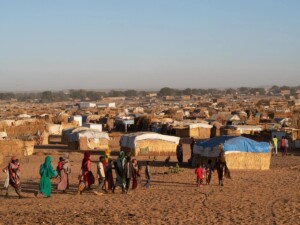
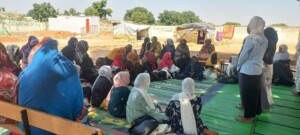

 and then
and then